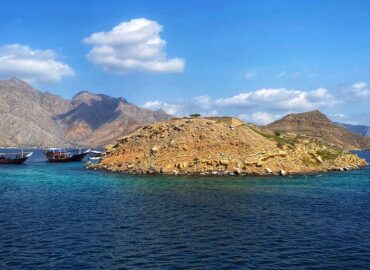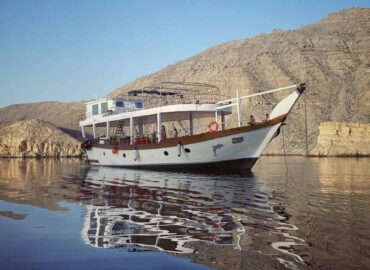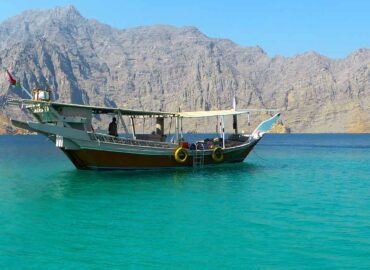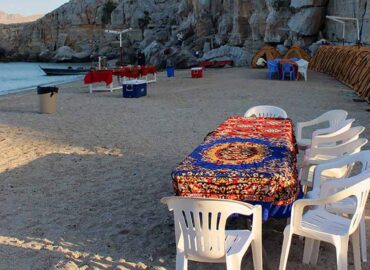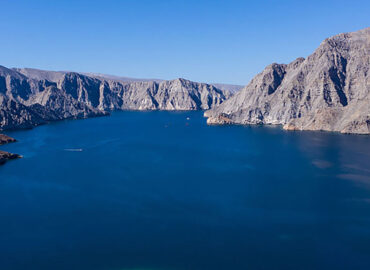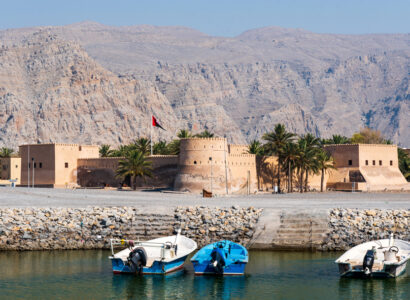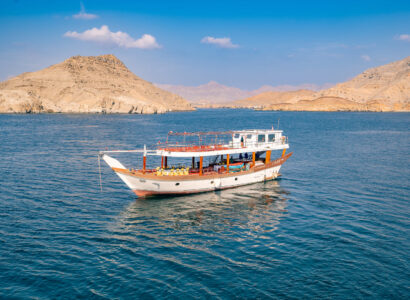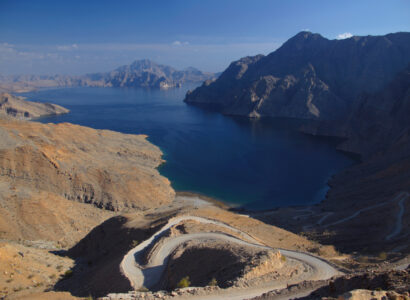Musandam Peninsula: History, Location & Geography, Climate, and Tourism
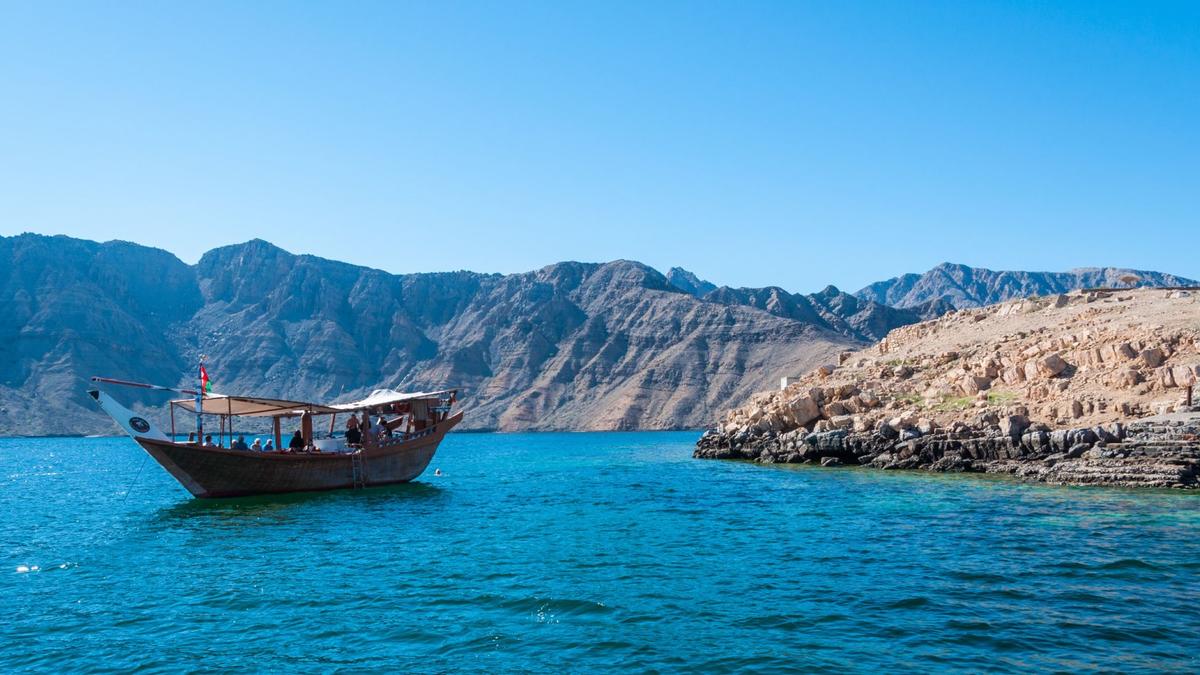
The Musandam Peninsula (Arabic: مُحَافَظَة مُسَنْدَم, romanized: Muḥāfaẓat Musandam) is a rugged and strategically significant exclave of Oman located on the northeastern tip of the Arabian Peninsula. Known for its dramatic mountains and unique position overlooking the Strait of Hormuz, Musandam is often referred to as the “Norway of Arabia” due to its fjord-like inlets and coastal geography. The region’s cultural heritage, geopolitical importance, and natural beauty have drawn increasing interest in recent years. This article explores Musandam’s history, geography, climate, and tourism opportunities.
History of Musandam Peninsula
Musandam Peninsula has a rich history, often shaped by its rugged, isolated terrain and strategic location along the Strait of Hormuz. Historically, local tribes such as the Shihuh and Habus governed the area, utilizing their knowledge of the land for self-sustenance and defense. For centuries, Musandam’s mountainous terrain and rocky coasts helped it remain self-ruled and insulated from the control of surrounding powers. It wasn’t until the early 20th century that the Sultan of Oman claimed nominal authority over the region, though effective control was limited due to a lack of tax collection or military presence.
In 1970, the British-backed Omani coupled with the integration of Musandam into the Sultanate of Oman, marking an end to local rule. A permanent Omani military force was stationed in Musandam following a British military intervention, solidifying Oman’s control over the region and enabling the establishment of the Musandam Governorate. Today, Musandam remains of strategic importance due to its proximity to the Strait of Hormuz, a critical maritime passage through which approximately 20% of the world’s oil supply flows.
Location & Geography
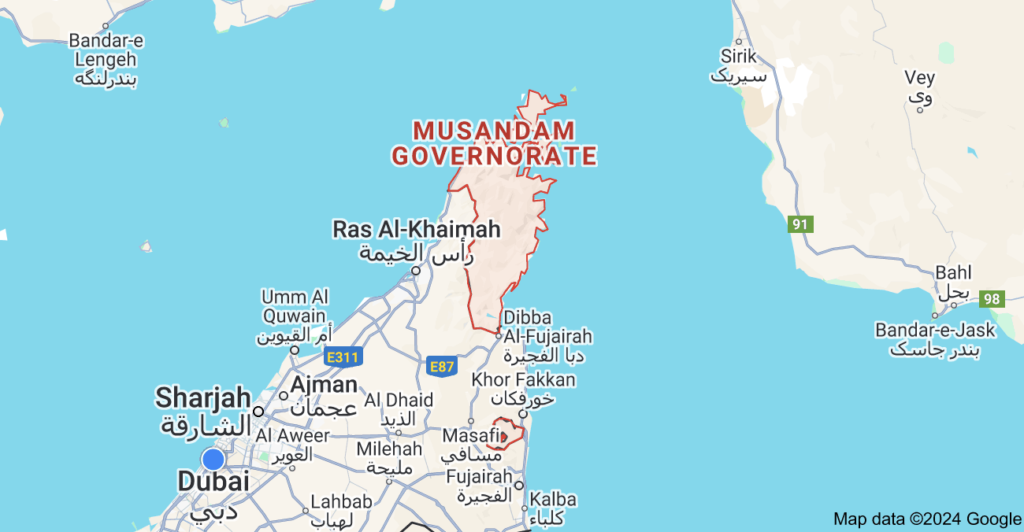
Located at the northeastern tip of the Arabian Peninsula, the Musandam Peninsula is geographically separated from the rest of Oman by the United Arab Emirates. The region covers approximately 1,800 square kilometres (690 square miles) and is surrounded by water on three sides: the Indian Ocean to the east and the Persian Gulf to the north and northwest. Its unique positioning on the Strait of Hormuz grants Oman, alongside Iran, shared control of one of the world’s most strategic maritime chokepoints.
Musandam’s terrain is dominated by the Musandam Mountains, which form part of the Western Hajar Mountains. These high, rugged ranges include Jebel Harim (“Mountain of Women”), the tallest peak in the peninsula, reaching an altitude of 2,087 meters above sea level. The peninsula’s coastlines feature numerous fjord-like inlets, referred to locally as “khors,” creating a visually dramatic and geologically unique landscape shaped by tectonic activity. The Musandam Peninsula’s high mountain peaks remain above water, while its deep valleys have been submerged, forming these characteristic inlets.
The primary administrative towns within the Musandam Governorate are Khasab—the local capital, Bukha, Dibba Al-Bay’ah, and Madha (an exclave located further inland within UAE territory). Khasab, known for its fertile valleys and coastal beauty, is often called the “Norway of Arabia” for its extensive fjord-like coastline and craggy mountains. Access to Musandam is generally through the UAE, with direct connections to Oman’s capital, Muscat, via Oman Air and ferry services.
Climate

Musandam’s climate is influenced by its coastal and mountainous geography. The region experiences hot, arid conditions throughout much of the year, with cooler temperatures prevailing in the higher mountain ranges during winter. Summer temperatures in Musandam can reach highs of over 40°C, with high humidity along the coastlines. The winter months bring more moderate temperatures, particularly in mountainous areas like Jebel Jais, Jebel Yanas, and Jebel Mebrah, where temperatures may drop to as low as 2°C.
Rainfall in Musandam is sparse, with occasional showers in winter, though the elevated terrain may receive slightly more precipitation than the lower coastal regions. The mountainous terrain offers cooler refuge during peak summer heat, and residents often move between the coastal and mountainous areas seasonally to escape extreme temperatures. Water resources in Musandam are limited, and many communities rely on natural mountain springs and carefully managed rainwater reservoirs.
Tourism
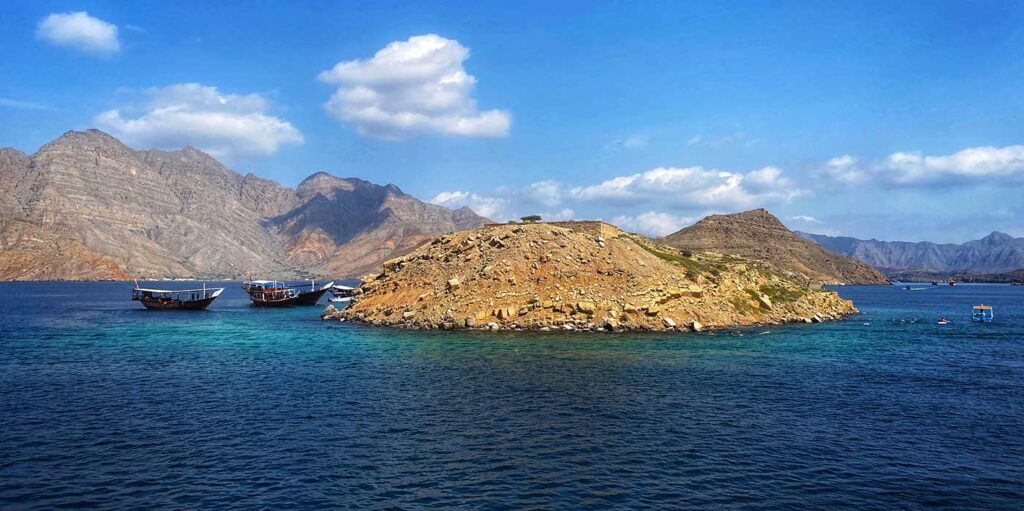
Tourism in the Musandam Peninsula has grown significantly, driven by its breathtaking natural beauty, cultural heritage, and outdoor activities. Known for its dramatic mountains and pristine waters, Musandam attracts travelers seeking adventure and relaxation.
Major tourism activities include scuba diving, snorkeling, dolphin-watching, and dhow cruises, traditional boat trips that provide scenic views of Musandam’s fjord-like coastlines.
Attractions
-
Khasab:
The capital of Musandam, Khasab is renowned for its scenic fjords, traditional culture, and historical forts such as Bukha Fort. Visitors can explore rock art sites, local markets, and Khasab Castle, a 17th-century fortification originally built by the Portuguese.
-
Dhow Cruises:
Often departing from Khasab, dhow cruises are a popular way to explore the coastal inlets of Musandam. These traditional wooden boats take tourists on journeys through Khor Ash Sham and other fjords, offering opportunities to observe the region’s stunning geological formations, remote villages, and pods of resident dolphins. Dhow cruises also frequently visit Telegraph Island (Maqlab Island), where British telegraph workers once manned a communications station in the 19th century.
-
Diving and Snorkeling:
With over 20 established dive sites, Musandam offers a variety of diving and snorkelling experiences. The warm waters are home to diverse marine life, including whale sharks, which are most commonly seen from May to October. Certified dive centers are available in both Khasab and Dibba, providing guided tours and equipment rentals.
-
Mountain Trekking and Hiking:
The Musandam Mountains offer challenging trekking and hiking trails, including the “Stairway to Heaven” route, a difficult yet rewarding hike that traverses rocky ledges and handmade stone bridges. This rugged terrain offers panoramic views and insights into the traditional way of life of Musandam’s mountain-dwelling Shihuh people.
Infrastructure and Accessibility
To make Musandam more accessible, Oman has established improved transportation links, including the Shinas high-speed ferry service between Muscat and Khasab, launched in 2008. This ferry has significantly reduced travel time, providing a more convenient alternative to the ten-hour drive required to access Musandam from Oman proper through the UAE. Musandam is also accessible by car from Ras Al Khaimah and Dibba Al-Bay’ah via routes crossing into Oman. Entry into Musandam from the UAE requires a border crossing, and travelers are advised to check visa requirements, as border procedures may vary.
Cultural and Environmental Conservation
The Oman Ministry of Tourism has recognized Musandam’s unique cultural and environmental heritage, promoting responsible tourism that protects the region’s natural resources and respects its indigenous communities. Efforts are ongoing to preserve Musandam’s wildlife, such as the endangered Arabian leopard, and the traditional ways of life of the Shihuh people, who inhabit both the mountains and coastal areas. The Shihuh people are known for their ancient customs, unique architectural styles, and traditional livelihoods, which include fishing, palm cultivation, and terrace farming.
Challenges
The influx of tourism has led to increased demand for infrastructure and environmental protection measures. Industrial developments, such as stone crushing and foreign commercial fishing, have impacted local fishing and water resources. Conservation efforts aim to address these issues while ensuring sustainable development in Musandam (Wikipedia, 2024).
1. What is Musandam Peninsula known for?
Musandam Peninsula is known for its stunning mountainous landscape, fjord-like inlets along the coast, and strategic location along the Strait of Hormuz. Often referred to as the “Norway of Arabia,” it features rugged terrain, deep bays, and crystal-clear waters, attracting tourists for activities such as dhow cruises, diving, and dolphin watching.
2. How can I reach the Musandam Peninsula?
The Musandam Peninsula can be accessed by road from the United Arab Emirates, particularly via Ras Al-Khaimah and Dibba Al-Hisn. Additionally, Oman Air offers flights between Muscat and the regional capital of Musandam, Khasab. Ferry services between Muscat and Khasab are also available, offering a scenic coastal journey.
3. What are the popular activities in Musandam Peninsula?
Popular activities in Musandam include dhow cruises through its scenic fjords, dolphin watching, scuba diving, snorkeling, fishing, and hiking in the mountains. The fjords and clear waters make it a hotspot for marine activities, while the rugged mountains offer excellent opportunities for trekking and off-road adventures.
4. Is Musandam Peninsula safe for tourists?
Yes, Musandam is generally safe for tourists. Oman, including Musandam, is known for its low crime rate and friendly locals. However, travelers should exercise caution on mountainous roads, especially if driving off-road, and be mindful of local customs, such as restrictions on photographing military areas.
5. What languages are spoken in Musandam Peninsula?
The primary language spoken in Musandam is Arabic. However, in the area around Kumzar, the unique Kumzari language is spoken, which is a southwestern Iranian language closely related to Larestani and Luri. English is commonly understood in tourist areas, especially among tour operators and hotel staff.
6. Are there accommodations in Musandam Peninsula?
Yes, accommodations in Musandam are available, particularly in the town of Khasab, which has a range of hotels and Resorts from budget options to luxurious resorts. Camping is also permitted in some areas, although it’s best to confirm specific locations, especially in remote villages.
7. Why is the Strait of Hormuz significant for Musandam Peninsula?
The Strait of Hormuz is significant for Musandam because it is a crucial maritime chokepoint for global oil transportation, with around 20% of the world’s oil passing through this narrow passage. Musandam’s strategic location gives Oman partial control over the strait, making it a valuable area for both tourism and geopolitical interests.
Share this post
KHASAB MUSANDAM TOUR PACKAGES
Have you ever been to Norway? Musandam Khasab dhow cruise tour brings you an opportunity to explore the “Norway Of Arabia”. Book a Khasab dhow cruise and we bet you will fall in love with the beauty of Khasab Musandam.

